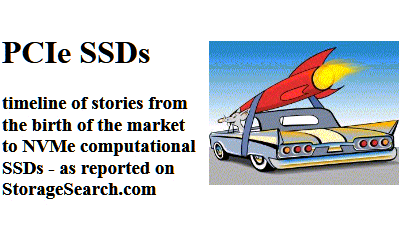by Zsolt
Kerekes, editor -
February
2006
Sometimes making a
projection
from past trends gives you the wrong answer.
Number series play their
part in this deception because we can sometimes see a pattern in numbers which
falsely predicts what will come next.
Here's an example:- 1, 2, 4, 6, ...what comes next?
There are many ways you can continue this series.
And
you may be thinking - "8".
But that's not my answer.
The example I had in mind was the historic development of the horse
drawn stage-coach. And the series of numbers - 1, 2, 4, 6, .. is the number of
horses which pulled your carraige.
As people became wealthier and
demanded more comfort in their road transport - a "coach and 6" became
a luxurious form of high speed travel which gave its name to many
English pubs. As we know from our current vantage point - high speed road travel
did not advance to the "coach and 12" but instead took a detour via
the internal combustion engine and the motor car.
Here's another example:-
3,000, 4,200, 5,400, 7,200, 10,000, 15,000, ??
Most of you will easily recognise that adding the addendum "RPM
- Revolutions Per Minute" to this sequence charts the increase in
hard disk drive
rotation speeds during the past 20 years.
Where is this going?
Well
you may be sorely tempted to add a number like 20,000 to the end of this
sequence. That would be a not unreasonable assumption. And I might have been
tempted to do the same myself but a number of signals have steered me in a
different direction.
A white paper by Fujitsu
Trends in
Enterprise Hard Disk Drives contains this observation "Ultrahigh-speed
HDDs rotating at speeds exceeding 20 000 rpm have also been researched but not
commercialized due to heat generation, power consumption, noise, vibration and
other problems in characteristics, and a lack of long term reliability."
(See also Squeak!
- Green Storage )
Independent
market research
suggests that high end servers will standardise on on the 2.5 inch (and smaller)
form factor - because this is easier to deploy in blade servers and high
density server farms. And a recent report by
IDC said that the fastest
growing segment in the high end server market was servers from
Sun which pack in
more processors per U(nit) of rack space than competitors - and at a lower
wattage per server than other vendors.
Combining these trends together suggests that what customers of
big multi user servers would really like is faster disk drives - with lower
power consumption. But that's just not possible with hard disk technology.
Enter the solid state
disk. SSDs in the same form factor as 15K RPM hard drives are available in
the same capacity and typically offer faster throughput and hundreds of times
faster random IOPs - which is a better measure of how disk speed translates to
server speed in most multi-user systems. (The exceptions are storage servers
which have been optimised to deliver streaming video - in which the performance
gap is much smaller.) The SSDs also use less power and are more
reliable.

Nevertheless
it is a truth universally acknowledged that a
146GB
15K RPM drive from Seagate today
costs an order of
magnitude less than a similar form factor (but faster)
SATA SSD with similar
capacity from vendors listed in our
Solid State Disks
Buyers Guide.
That's where Microsoft's Vista and the new
generation of hybrid
flash-hard drives give us the vital clue about what is going to happen
next.
True - this technology was originally designed for notebooks. But
if the OS can recognize a solid state disk and cache frequently used files to
the flash part of it - then migrating this clever OS to a server version is not
a very big step. And fast SSDs are already available.
Now - whether the
hard disk oems get around to designing high speed bybrid disks - or whether
systems integrators find a quick and dirty solution - such as stuffing 1
SSD for every 4 HDDs in the same box first remains to be seen.
The latter - SSD cached
HDD hybrid array solution - works in a server rack environment - and makes
hybrid server disks extinct before they even appear in a Powerpoint product
marketing plan. Sorry guys.
But here's a warning. If you do
ever see a 20K RPM hard disk appear in a press release or catalog then give it
a wide berth - unless you work for a computer museum. That's not the way the
market will go.
|













